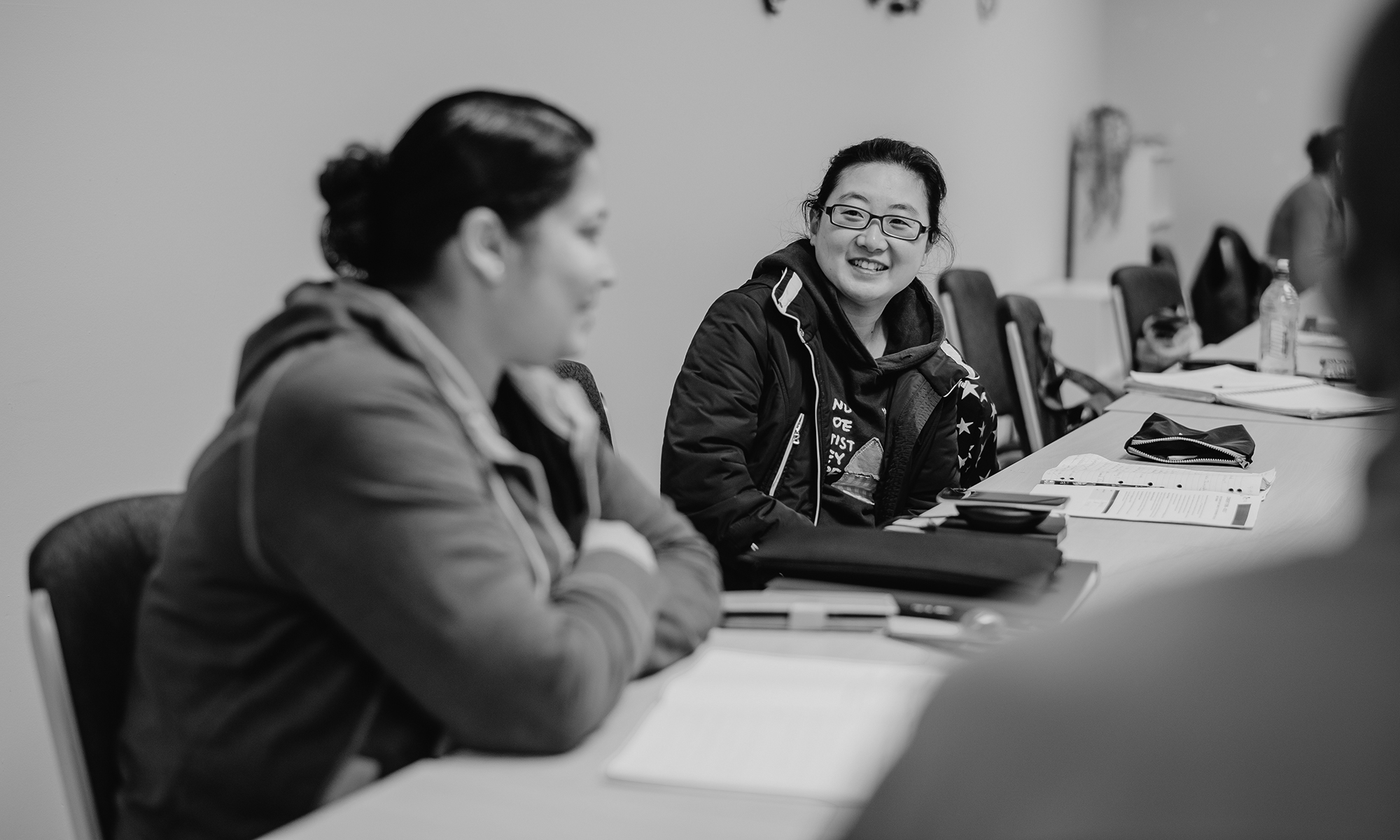Author: Jo Williams, Victoria University
Edition: Volume 55, Number 3, November 2015
Summary: This article considers the Chilean student movement and its ten-year struggle for public education as an example of public pedagogy. Secondary and university students, along with the parents, teachers, workers and community members who have supported them, have engaged in the most sustained political activism seen in Chile since the democratic movement against the Pinochet military dictatorship between 1983 and 1989. The students have successfully forced a nationwide discussion on education, resulting not only in significant educational reform, but also a community rethinking of the relationship between education and social and economic inequality in a neoliberal context. Framed through Giroux’s conceptual definition of public pedagogies and drawing on field
research conducted throughout 2014 as well as existing literature and media sources, this article considers the role of the student movement in Chile in redefining the concept of ‘public’ and the
implications for radical perspectives on learning and teaching.
Keywords: students, activism, Chile, public pedagogy
![]()
![]()
![]()
![]() Share a copy of this abstract.
Share a copy of this abstract.
This article is part of AJAL, Volume 55_3. The entire volume is available in .pdf for purchase here.
